Your Everything Guide on How to Dress for Winter in New England
Our new occasional series begins with keeping you warm and dry in the most unpredictable season

Your Everything Guide on How to Dress for Winter in New England
Our new occasional series begins with advice on coats, layers, shoes, socks, even skincare in the most unpredictable season
This is the first in an occasional series of helpful guides for BU readers.
Well, winter is capital-H Here.
In Boston, that can mean 50 degrees and sunny today and 9 degrees and a blizzard tomorrow. As unpredictable as winter can be here for locals, it can catch first-timers off guard. Until experiencing your first walk into freezing wind gusts blowing off the Charles, life-flashing slip on an icy Comm Ave sidewalk (remember: never step on metal when crossing the BU Bridge), or breath-stealing blast of cold stepping out of the GSU, you can’t fully comprehend a winter at Boston University.
It’s not all bad, however. Winter here can be magical. There’s ice skating on the Boston Common Frog Pond, snowball fights on Nickerson and the BU Beach, winter hikes through nearby Middlesex Fells or the Blue Hills Reservation (also a great place to learn how to ski), and so much more. Winter doesn’t have to mean staying bundled up indoors until it’s over.
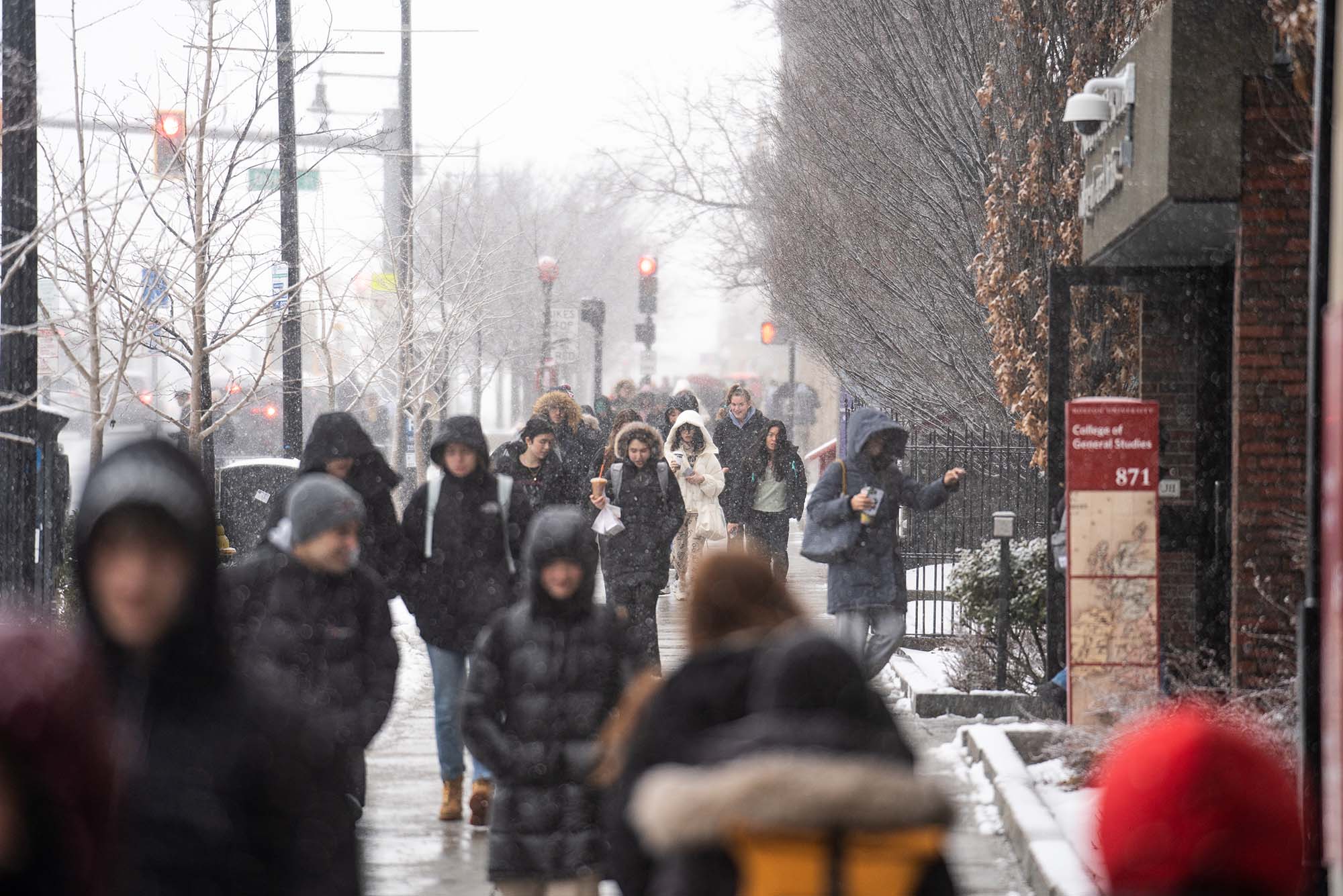
To that end, not everyone arrives at BU with a winter-ready wardrobe. And even if you think you have everything, your first snowstorm can prove you wrong, fast. It’s also easy to over-prepare and spend part of the season sweating through your fleece or flannel when temps stay on the warmer end of the spectrum.
It’s important to be prepared for everything winter can throw at you, including seriously cold weather, wind, and ice and snow. With that, we give you BU Today’s Everything Guide to Dressing for a New England Winter. You’ll find tips on picking a winter jacket, sturdy boots, and more, plus some general pointers gleaned from living through a decade-plus of Boston winters.
Some folks might try to tell you that there’s no bad weather, just bad clothing. To that, we simply say: um, January.
Stay warm, BU!

Coats
A quality winter coat is one of the most important purchases you can make when you commit to living in Boston. Coats prevent your body heat from escaping, keeping you nice and toasty. A good one should keep out snow and rain and protect you from wind chill and it should last you for several winters.
A puffy hooded parka that approaches your knees is generally your best bet when temps are seriously low. Don’t overdo it, though—we promise, you don’t need an Arctic Circle–proof jacket to walk to catch the T. Warmer winter temps lend themselves well to a variety of coats, wool peacoats, packable down jackets, and short puffers included. If you don’t like hoods, that’s okay; just make sure your coat fits snugly enough at your neck to keep out cold gusts and flakes.
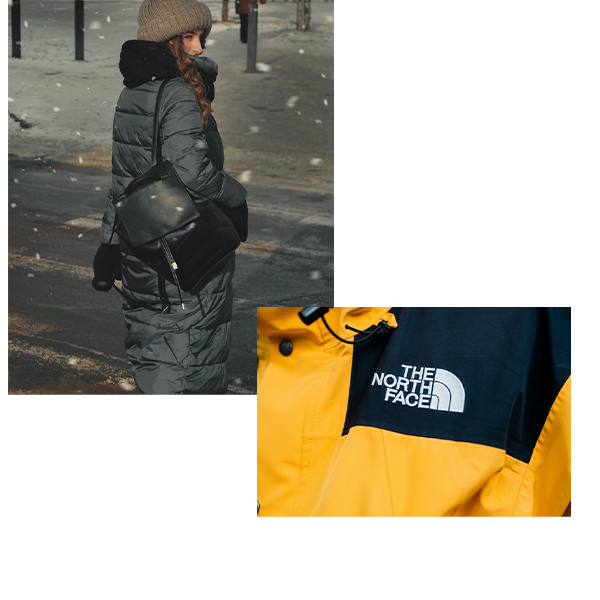
The key things to look for in a jacket are waterproofing—or good water-resistance—and warmth level. If you look online, many jackets come with warmth ratings or temperature zones. (FYI, find some helpful predictions for this year’s winter conditions here.) Fill material–wise, real down is generally considered to have better insulating properties than synthetic material. If you’re allergic, however, or would prefer to opt away from animal products, polyester-based insulation will still keep you nice and warm. If your winter activities involve spending a large portion of the day outdoors, you can always look into heated jackets; their charged battery packs provide extra warmth.
As to where to find a coat or jacket? Good ones can definitely be expensive. But they don’t have to be, nor do you have to head straight to REI or Newbury Street. There are plenty of great coats online at mid-range price points—try taking advantage of sales from retailers like UNIQLO or outdoorsy standards like Columbia and Eddie Bauer. If you know someone with a membership, Costco always has great coats at extremely reasonable prices. The thrift stores near campus often have hidden gems, too. Remember: if you plan to wear layers under a coat, consider sizing up.
One last thing: Not all winter jackets are created equal.

Shoes
Traction and ankle support are your best friends on icy sidewalks. Look for chunky-soled water-repellent boots that lace up over your ankles. While that often means fashion takes a backseat to function—cough cough, Bean boots, cough cough—it doesn’t have to, especially not with today’s Y2K styles. For example: the Dr. Martens, or similar boots, that you already have plus thick socks work just fine for cold and ice. Sneakers aren’t ideal for ice, but can do in a pinch if they have good treads.
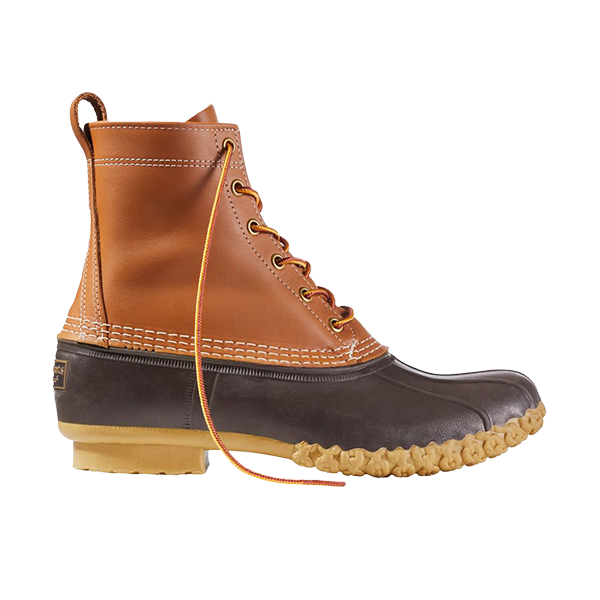
Snow and slush are a different story. That’s when you want real waterproofing, a higher shaft, a tread-heavy sole, and a tight seal around your legs for when you inevitably step into a snowbank or slush puddle. More classic snow boots are generally what you want to look for. Insulation, like reflective or fur lining, is alway a plus when it gets cold-cold. Hey, there’s a reason why Bean boots are everywhere—they might be hideous, but they get the job done.
And back to socks—don’t underestimate a good pair. Veteran New England outdoorsman Paul “Hutch” Hutchinson (GRS’15), a Questrom School of Business senior lecturer, has two words for you: merino wool. “Merino wool socks are the greatest things you will ever put on your feet,” he tells BU Today. Merino wool will keep your feet warm even if your shoes and pants are soaking wet.
Shopping-wise, look for online sales if you don’t mind not trying things on first. Retailers like Merrell, Columbia, Sorel, and DSW (which has a Downtown Crossing location) all sell tried-and-tested boots and socks and have frequent sales.
One last thing: Salt, which is used to create traction on streets and sidewalks, is harsh on fabrics. Wear shoes you don’t mind getting stained.

Layers and accessories
Forgoing layers is one of the biggest mistakes people make when they first move to cold climates, Hutchinson says. Why? Layers are critical for super-cold days for sure, but also for when it’s chilly, but not quite frigid. Layering allows you to control your body temp by adding or removing pieces as needed so you don’t sweat to death under a big jacket. Find good deals on flannels—a New England staple—at Goodwill and the Vintage Underground in West Campus.
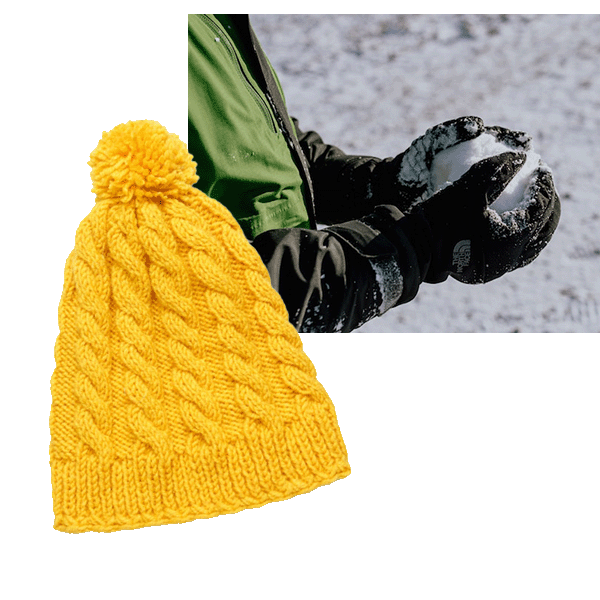
For your bottom half, fleece-lined tights and leggings are always MVPs in the winter months and are relatively inexpensive. See also: base-layer tights or running leggings. Up top, a good flannel, cardigan, or turtleneck usually does the trick.
Hats-wise, a knit beanie generally has you covered. Scarves are always a practical and cozy touch (we personally say the fuzzier the better). Gloves are not optional. Protect your fingers. Those thin drugstore gloves will help only so much once temperatures hit the single digits. Look for descriptors like “fleece-lined” and “thermal.” Ski gloves, or similar waterproof gloves, work for snow adventures.
One last thing: Pro tip—the T.J. Maxx stores in Allston and on Newbury Street are both great places to shop for inexpensive winter accessories.

Everything else
Wear glasses? Anti-fog spray or wipes are going to be your best friends this winter. Goodbye, being blinded by your glasses steaming up the second you enter a building.
Dry skin? Your skin can really take a hit in the winter thanks to the frigid outdoors and the hot, dry air indoors. Winterizing your skin regimen to account for dry, irritated skin can save you some serious grief over the next few months.
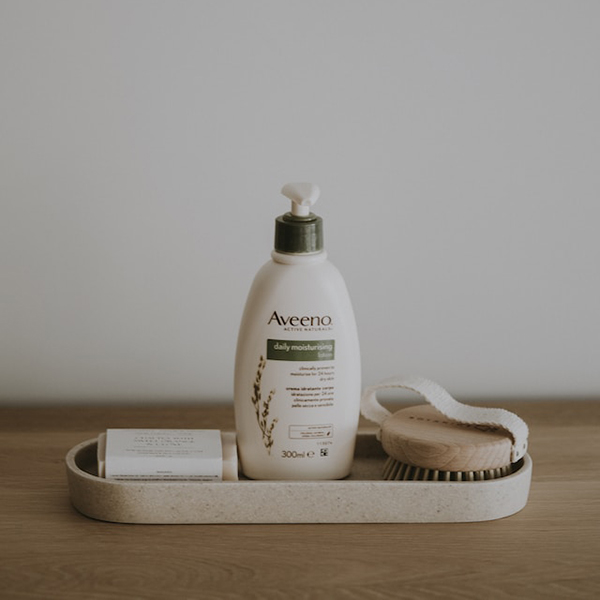
Boston Medical Center clinical dermatologist Christina Lam, a Chobanian & Avedisian School of Medicine assistant professor of dermatology, recommends simplifying your routine to a gentle face wash, a creamier moisturizer, and a noncomedogenic sunscreen. Look for products with ingredients like hyaluronic acid and ceramides to combat dry, flaky skin. If you’re someone who uses active ingredients like acids or retinols—which can be extra drying in the winter—Lam suggests cutting back to using them as spot treatment and/or applying after moisturizer.
Elsewhere, classics like Vaseline and Aquaphor can help remedy super-chapped lips. For your hands, you might want to pick up a thicker lotion than usual and apply regularly. Consider getting a travel size to carry in your bag or backpack, too. (Wind-chapping is real and it hurts.) And don’t forget about your scalp—adding an anti-dandruff product for the season can help ward off flakes of the non-snow variety.
One last thing: Find more tips on how to help your suffering winter skin here.
Comments & Discussion
Boston University moderates comments to facilitate an informed, substantive, civil conversation. Abusive, profane, self-promotional, misleading, incoherent or off-topic comments will be rejected. Moderators are staffed during regular business hours (EST) and can only accept comments written in English. Statistics or facts must include a citation or a link to the citation.